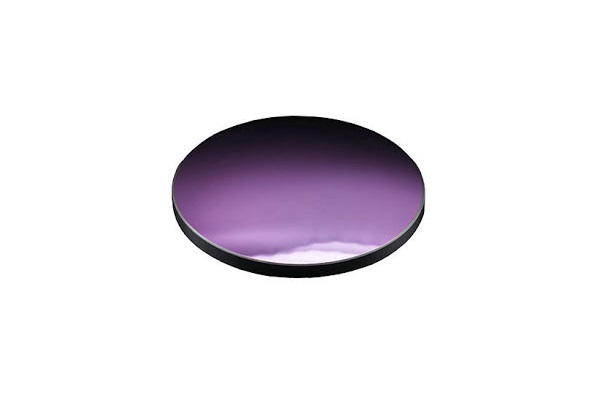Single Crystals Germanium (Ge)
Single Crystals Germanium (Ge)
Description

Single crystal germanium (Ge) is a semiconductor material with a diamond cubic crystal structure that is widely used in the electronics industry. It is a grayish-white material that is brittle and hard, with a high refractive index.
Germanium has some important electronic properties that make it useful in a variety of applications. It is a semiconductor material, meaning that its electrical conductivity can be controlled by the addition of impurities, or dopants, such as boron or phosphorus. By doping the germanium, it is possible to create p-type and n-type semiconductors, which are the basic building blocks of many electronic devices.
Germanium is used in various electronic devices, such as transistors, diodes, and photodetectors, due to its high carrier mobility and low noise characteristics. It is also used as a substrate material for the growth of epitaxial films of other materials, such as silicon and gallium arsenide, for use in various optoelectronic and electronic devices.
In addition to its use in electronics, germanium is also used as an optical material due to its high refractive index and low dispersion. It is used in the production of lenses, prisms, and windows for infrared spectroscopy, and is also used as a material for the production of solar cells.
| Crystal symmetry | m3m | ||||||||||||||||||||||||||||||||||||||||||||||||||||||||||||||||||||||||||||||||||||||||||||||||||||||||||||||||||||||||||||||||||||||||||||||||||||||||||||||||||||||||||||||||||||||||||||||||||||||||||||
| Density | 5.3267 g/cm3 | ||||||||||||||||||||||||||||||||||||||||||||||||||||||||||||||||||||||||||||||||||||||||||||||||||||||||||||||||||||||||||||||||||||||||||||||||||||||||||||||||||||||||||||||||||||||||||||||||||||||||||||
| Optical spectral range | 1.5 - 22 µm | ||||||||||||||||||||||||||||||||||||||||||||||||||||||||||||||||||||||||||||||||||||||||||||||||||||||||||||||||||||||||||||||||||||||||||||||||||||||||||||||||||||||||||||||||||||||||||||||||||||||||||||
Elastic constants cij (1011 dyn/cm2 or 1010 Pa):
| Refraction indices:
NOTE: It should be taken into account that nx=ny=nz=n for optically isotropic material and nx=ny=no and nz=ne for uniaxial crystal. | ||||||||||||||||||||||||||||||||||||||||||||||||||||||||||||||||||||||||||||||||||||||||||||||||||||||||||||||||||||||||||||||||||||||||||||||||||||||||||||||||||||||||||||||||||||||||||||||||||||||||||||
| NOTE: In those cases when different researchers give distinct values of constants, avaraged data are presented in Tables. | |||||||||||||||||||||||||||||||||||||||||||||||||||||||||||||||||||||||||||||||||||||||||||||||||||||||||||||||||||||||||||||||||||||||||||||||||||||||||||||||||||||||||||||||||||||||||||||||||||||||||||||
Order Form
About Semiconductor Electronics
SEMI EL project is a global supplier of materials, equipment, spare parts and supplies for the semiconductor industry.
Get In Touch
Email: info@semi-el.com

